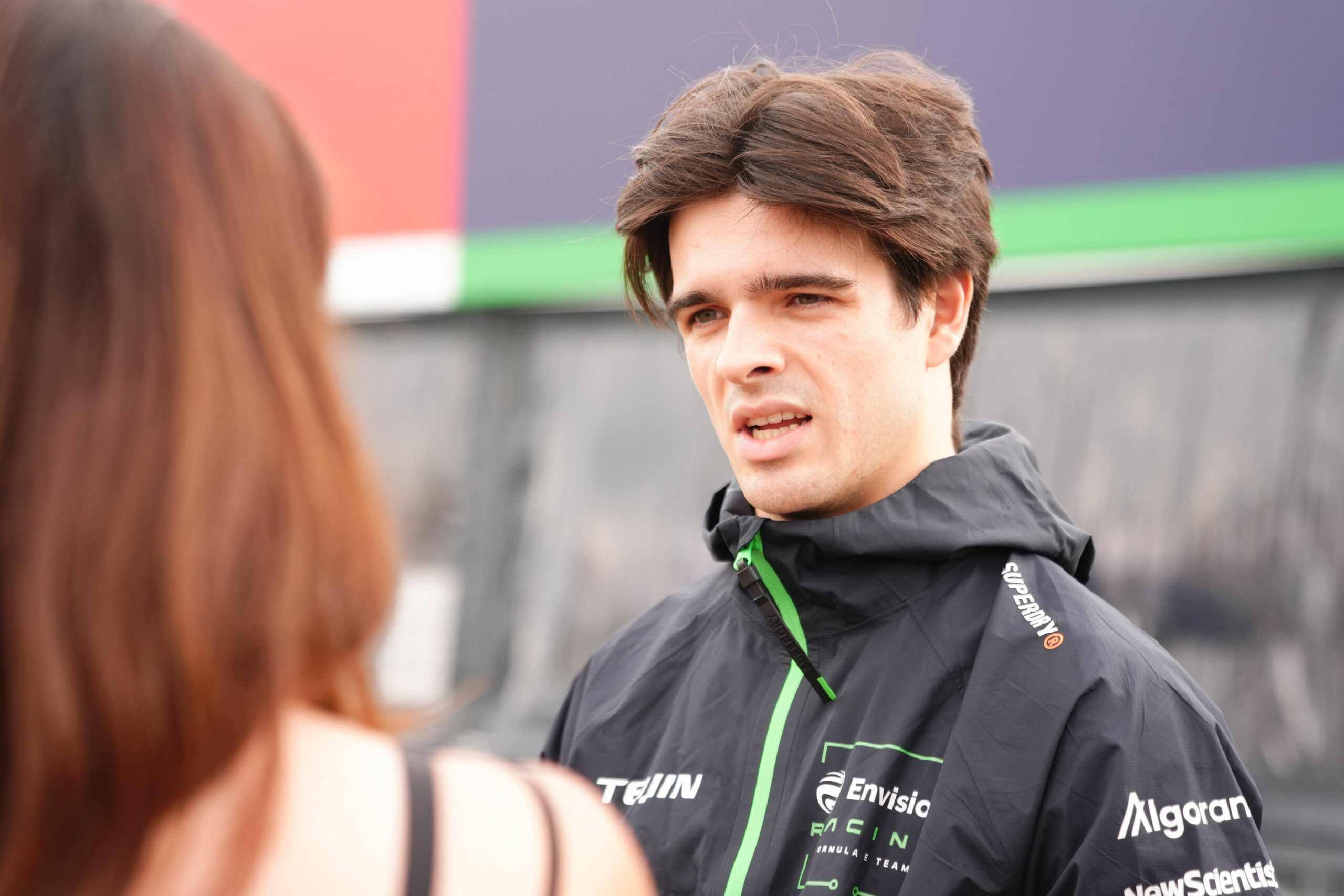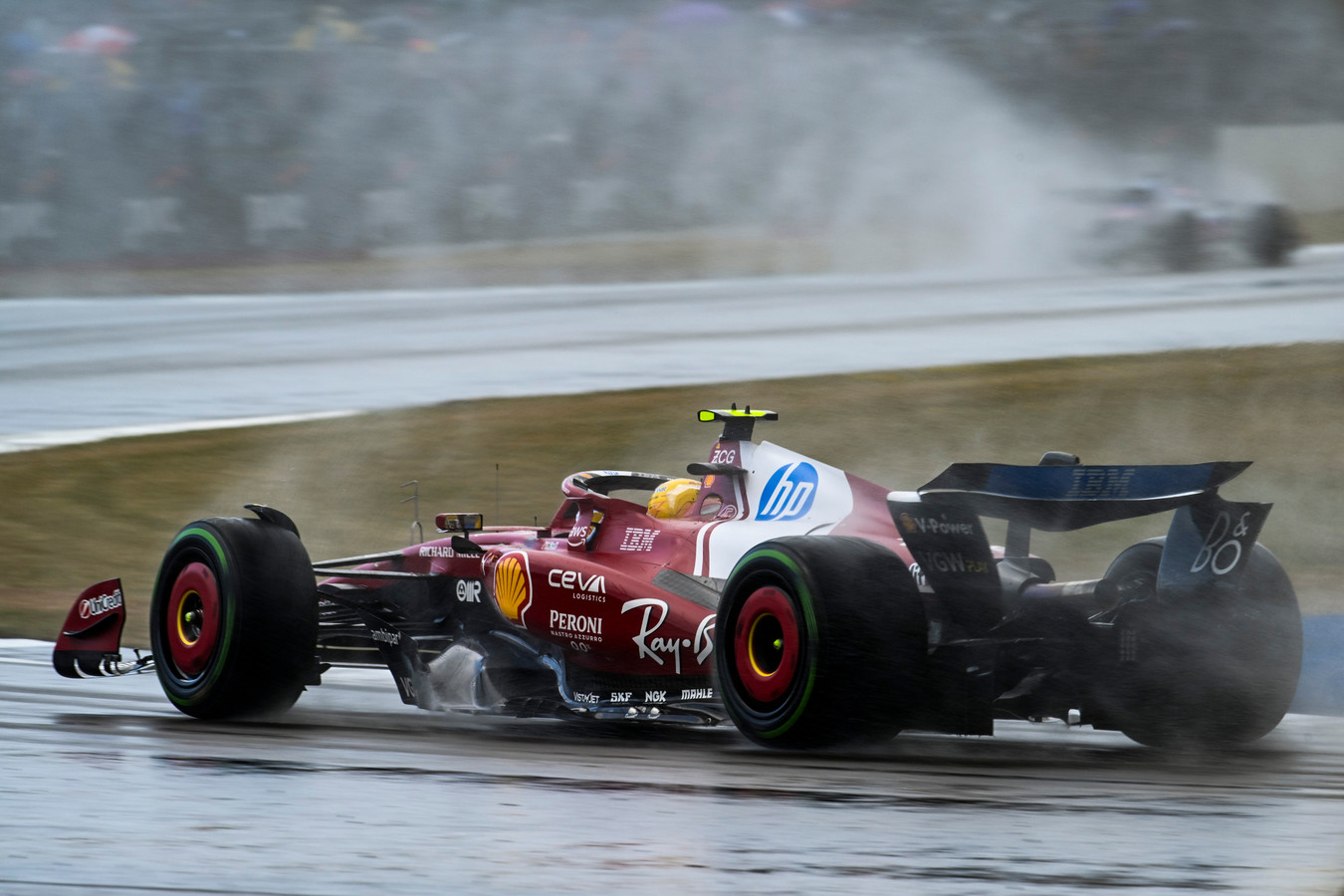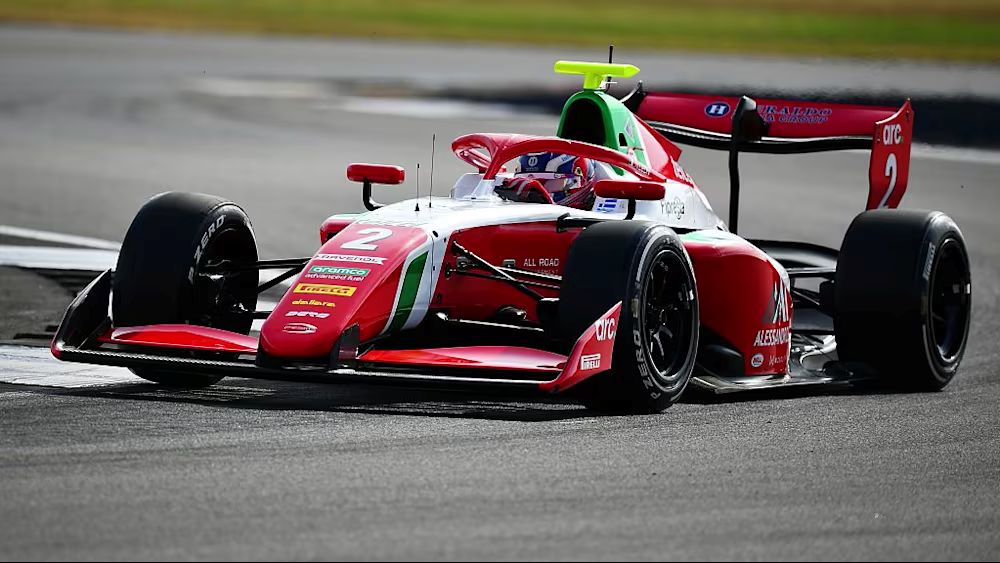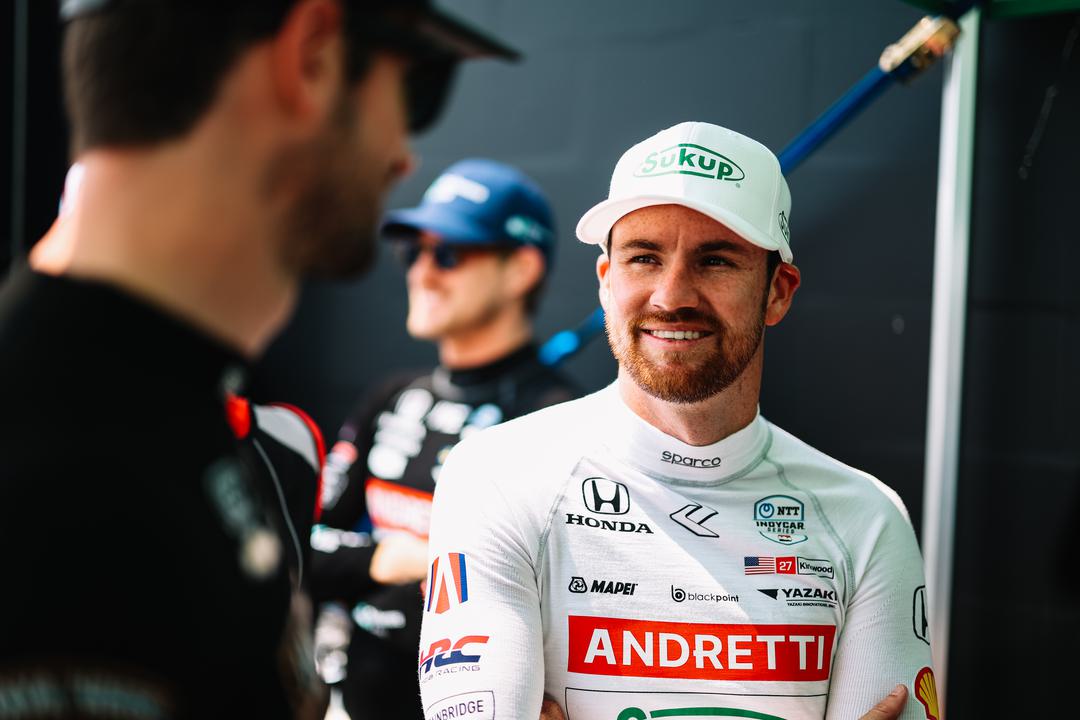By Lenny Sundahl
This is the first part part of a recurring series looking back 20 years at one of the more eventful seasons in recent Formula 1 history. Amidst the dominant run of Michael Schumacher and Ferrari, 2003 stood out not just as the one season of his five straight titles where Schumacher was seriously challenged all season, but as a marker for several trends that shaped Formula 1 into what it is today.

photo: McLaren Racing
Despite various changes to prevent the kind of staggering runaway that Ferrari and Michael Schumacher had managed in the previous season–qualifying changes, a new points system, new wet tire regulations–the first qualifying session of 2003 finished with the familiar result of both Schumacher and Rubens Barrichello more than a second clear of the field at Melbourne in qualifying.
On a wet but drying track on Sunday afternoon, they started on wet tires, and were ten seconds ahead of the pack after just two laps. As the track dried, however, the Williams of Juan Pablo Montoya, starting on slicks, began to quickly catch the leaders. He would have likely gained a position as Barrichello was being investigated for a jumped start, but the point was rendered moot when the Brazilian hit the wall at turn 5.
Meanwhile, McLaren’s David Coulthard, who had started back in 11th, had come in for slicks after two laps, and began putting together flying laps on the freshly dried track. Up front, Michael Schumacher finally came in for slicks after six laps, but as Montoya inherited the lead, a jammed wheel nut dragged out his pit stop, and he was all the way back in seventh–one position ahead of Coulthard now–when a safety car came out after Toyota rookie and defending CART champion Cristiano Da Matta crashed a lap later. When the green came back out on lap 11, McLaren’s Kimi Raikkonen and Michael Schumacher began to move back up the field. Montoya came in with teammate Ralf Schumacher going into lap 17, but while the Colombian rejoined in seventh–putting Raikkonen in the lead–the younger Schumacher spun coming out of the pits to bring out another safety car.
Racing resumed on lap 20, and the defending champion Schumacher kept on Raikkonen, pulling within a quarter-second of the McLaren, but could not get around. As the next round of pit stops came, Schumacher pitted on lap 29, followed by Raikkonen, and Montoya retook the lead on lap 33 with Schumacher in second after a long stop for Raikkonen. The McLaren driver would have to relinquish that position to serve a drive-thru penalty for a pit speed violation, moving his teammate Coulthard up to third. The Williams of Montoya came back in for its final stop on lap 42, putting Schumacher in the lead, but an off-track run resulted in a lost barge board, and he lost just enough speed to wind up behind Raikkonen after his last pit stop on lap 46.
Montoya thus comfortably led Coulthard for about a lap and a half, until spinning on his own; while he was able to continue, the lead went to the McLaren veteran, who would himself lead comfortably for the final 11 laps. The Colombian would have to settle for second, ahead of Raikkonen and Schumacher, marking the first time since the 1999 European Grand Prix that no Ferrari finished on the podium. The race would be Coulthard’s final win in Formula 1, but by no means would it be McLaren’s last win…





